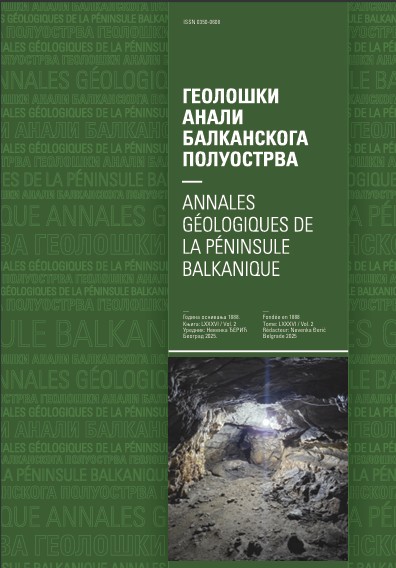The palaeogeographic outlines of the Caucasus in the Jurassic: The Caucasian Sea and the Neotethys Ocean
Abstract
The Caucasian Sea, fringing the northern margin of the Jurassic Neotethys Ocean, largely covered the Caucasus. Continental, shallow-marine and deep-marine palaeoenvironments delineate palaeogeographic outlines for three significant time slices: the Late Toarcian, the Early Bajocian and the Middle Oxfordian. These new palaeogeographic outlines of the Caucasus and adjacent territories match the Neotethys Ocean reconstructions. In the Late Toarcian the Caucasian Sea embraced the Greater Caucasus Basin and the Black Sea Caspian Sea Basin, which were divided by the Northern Transcaucasian Arc; it opened to the Neotethys Ocean which covered the Exterior Caucasian Basin. In the Early Bajocian, the Caucasian Sea only embraced the Greater Caucasus Basin; it opened the epicontinental seas of the Russian Platform, connecting them with the Neotethys Ocean by straits between islands of the Transcaucasian Arc. In the Middle Oxfordian, the Caucasian Sea which further embraced the Greater Caucasus Basin had its outer shelf fringed by carbonate build-ups. The connection between the Russian Platform shallow sea and the Neotethys Ocean was maintained. In the course of the Jurassic, a seaway developed along the northern margin of the Neotethys, of which the Caucasian Sea became a significant part.
Copyright (c) 2006 Geološki anali Balkanskoga poluostrva

This work is licensed under a Creative Commons Attribution 4.0 International License.










